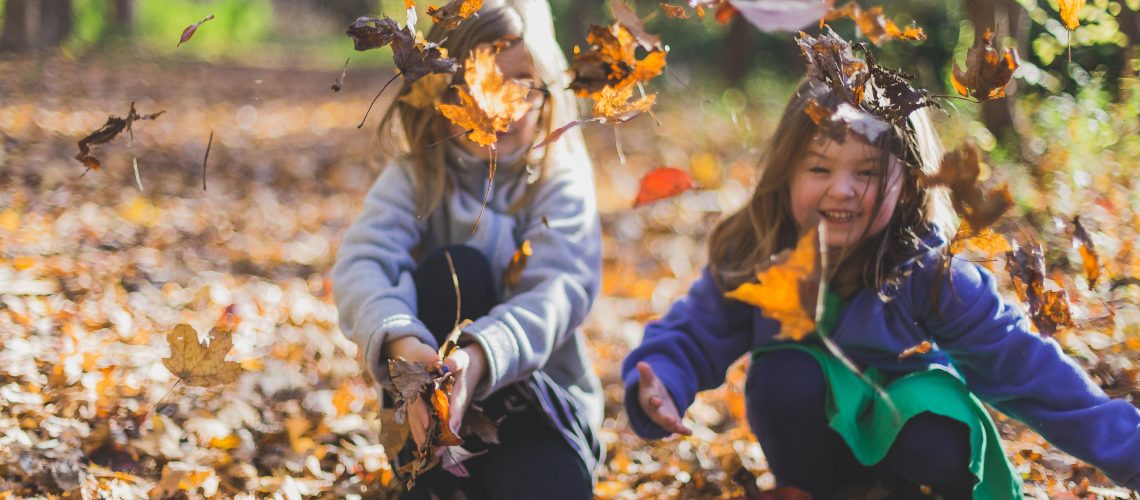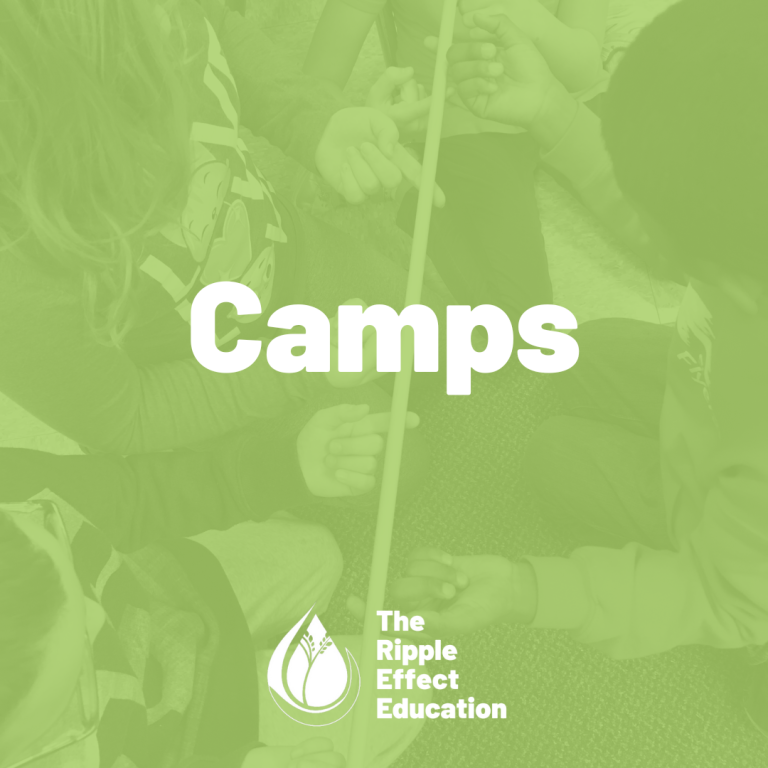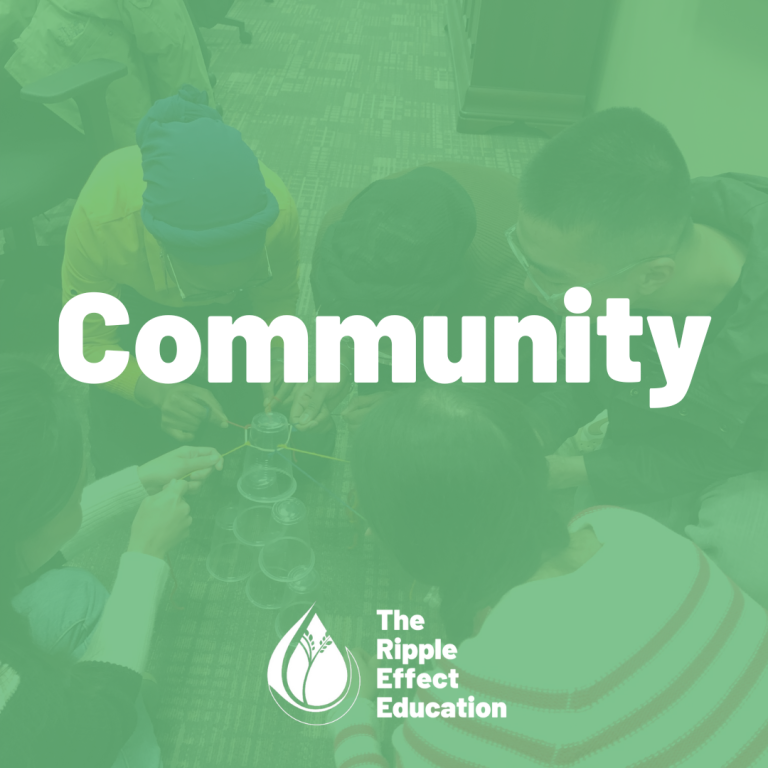With greater amounts of screen time and indoor time these days, it’s more important than ever to cultivate healthy habits that get us outside to connect with our natural environment. Practicing mindfulness exercises can help us at any age to pay attention to the current moment and our surroundings. Intentional engagement with the world around us can make us more compassionate members of our communities!
Studies conducted by educators at the Child and Nature Alliance of Canada (n.d.) demonstrate the importance of minimally structured outdoor play in child development and socialization. When we encourage kids to play creatively and courageously outdoors, we can help them build a mindful and intuitive relationship with nature that will support them throughout their lives. Here are some ideas to intentionally incorporate time in nature into our daily routines in mindful ways. With each of these strategies, encourage kids to play courageously and get messy.
- Intentionally noticing our surroundings. When spending time outside, parents and caregivers can draw kids’ attention to sounds, smells, colours, animals, plants, wind, and weather. Bring a journal and they can draw pictures and write descriptions of what they notice. Let kids use the camera to take pictures of anything that strikes them. Turning our awareness to our surroundings can help us more mindfully engage with nature and with each other.
- Play hiking games on your walk. When hiking, playing fun games can help kids engage in an exciting way with their surroundings. Here are some games you can try out:
- Finding North: Choose a hiking route with lots of twists and turns! The hike leader has a compass, and at the beginning of the hike, has the kids guess and point which way north is. The leader can then teach the group to read the compass and discern true north. The person who is the closest to true north wins this round, and they become the hike leader and hold the compass for the next round. After a few more twists and turns, try to find north again. Encourage them to pay attention to their internal compass, and to pay close attention to where you’re turning at each point!
- Sound Map: Bring a drawing journal along on your hike! Draw a map of your hiking route in your journal and take note of the sounds you hear along the way, making sure to add pictures of any creatures or plants you find interesting.
- Nature scavenger hunt: Before your outdoor time, prepare a list together of things you might see, hear, or collect along the way. Hunt high, low, and under things for the objects on your list! If you are collecting anything to take home, remember the importance of respecting nature while collecting. Remember not to take leaves or flowers from living things, and to not take too much of any one item. Even rocks can be habitats for animals! When you get home, you can use these natural materials to create illustrations, collages, sculptures; the sky’s the limit!
- Include kids in outdoor work and gardening. Work together outdoors! . Participating in the mindful stewardship of nature encourages kids to feel like they are a key part of taking care of the earth. This sense of agency can encourage a mindful relationship with nature, and instills the importance of respect for our environments and each other. If you have a yard, you can include kids in tasks like raking leaves, picking up sticks, or watering plants. If you don’t have a yard, bring a garbage bag along on your walks to pick up any garbage you may see. If you have a space for gardening, you can dedicate a small space for kids to choose their own plants to plant, and to care for throughout the summer. Including kids in our regular routines of caring for nature fosters an implicit respect and sense of stewardship that can make them more mindful members of our communities.
Incorporating these mindfulness activities into our daily outdoor routine can help us create healthy habits for ourselves that encourage us to pay attention to and respect the world around us. Engaging intentionally with our natural world can allow us to better care for ourselves and, in turn, our communities!
Photo by Michael Morse for Pexels
References
Child and Nature Alliance. (n.d.) Position Statement on Active Outdoor Play. https://childnature.ca/wp-content/uploads/2017/10/B.-EN-Active-Outdoor-Play-Position-Statement-FINAL-DESIGN.pdf
 Emily Hunsberger is passionate about education and public art that builds community. Emily holds a BA is English Literature from the University of Waterloo, and an MA in English Literature from Ryerson University. Emily loves thinking creatively about practical applications of her education, and has worked with kids in museums, public libraries, in community arts organisations, and as a nanny. In her free time, Emily reads, knits, and sews.
Emily Hunsberger is passionate about education and public art that builds community. Emily holds a BA is English Literature from the University of Waterloo, and an MA in English Literature from Ryerson University. Emily loves thinking creatively about practical applications of her education, and has worked with kids in museums, public libraries, in community arts organisations, and as a nanny. In her free time, Emily reads, knits, and sews.








